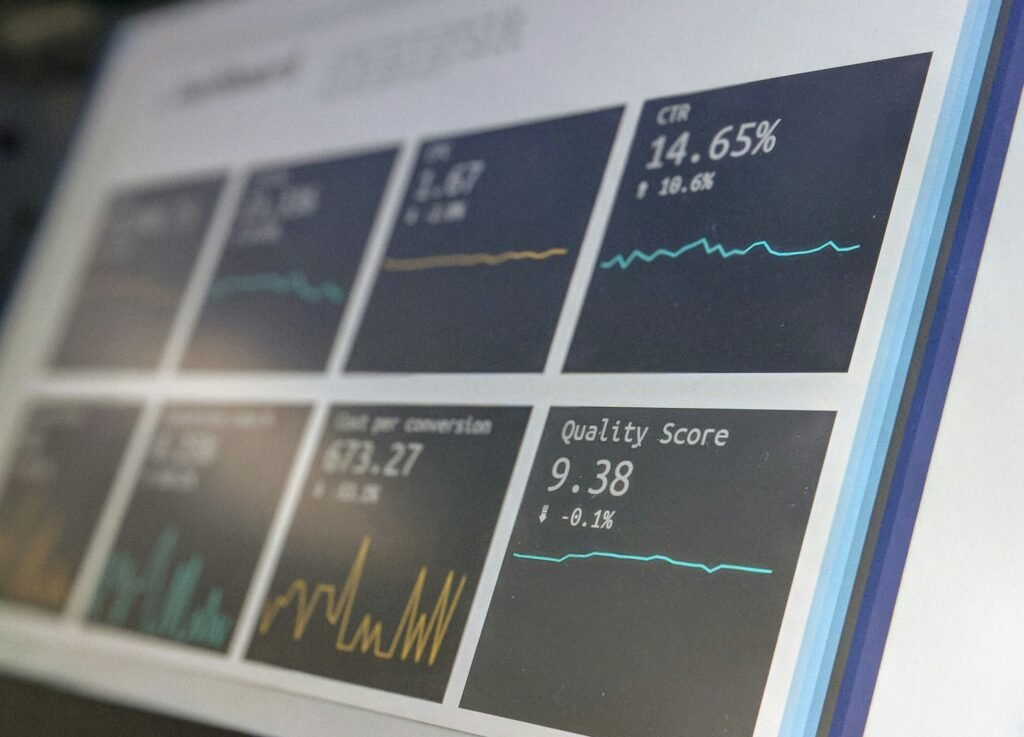Artificial Intelligence (AI)
AI refers to the simulation of human intelligence processes by machines, especially computer systems. These processes include learning, reasoning, problem-solving, perception, and language understanding. AI can be categorized into different types based on its capabilities:

- Narrow AI (Weak AI):
- Definition: Designed and trained for a specific task or a narrow range of tasks.
- Examples: Virtual assistants like Siri and Alexa, recommendation systems on Netflix or Amazon, and autonomous vehicles’ navigation systems.
- General AI (Strong AI):
- Definition: A form of AI that can understand, learn, and apply intelligence to solve any problem, similar to human cognitive abilities.
- Current Status: General AI is theoretical at this point and not yet realized in practice.
- Superintelligent AI:
- Definition: A level of intelligence that surpasses human intelligence across all fields.
- Current Status: This is purely hypothetical and remains a topic of discussion in AI ethics and future studies.
Machine Learning (ML)
ML is a subset of AI that involves the use of algorithms and statistical models to enable computers to improve their performance on a specific task through experience. Instead of being explicitly programmed to perform a task, ML systems are trained using large amounts of data to recognize patterns and make predictions. Key aspects of ML include:
- Supervised Learning:
- Definition: The algorithm is trained on a labeled dataset, meaning the data comes with input-output pairs.
- Examples: Spam detection in email, image classification, and speech recognition.
- Unsupervised Learning:
- Definition: The algorithm is given data without explicit instructions on what to do with these. It must find patterns and relationships.
- Examples: Customer segmentation, anomaly detection, and clustering algorithms.
- Reinforcement Learning:
- Definition: An agent learns to make decisions by performing actions and receiving feedback in the form of rewards or penalties.
- Examples: Game playing (like AlphaGo), robotics, and self-driving car systems.
What Do AI and Machine Learning Do?

- Automate Tasks:
- AI and ML can automate repetitive and mundane tasks, freeing up human resources for more complex activities. Examples include chatbots for customer service and robotic process automation in data entry.
- Enhance Decision Making:
- AI and ML can uncover insights that inform business strategies and decision-making. Predictive analytics, financial forecasting, and market trend analysis are common applications.
- Improve Personalization:
- AI and ML enable personalized experiences by analyzing user behavior and preferences. For instance, streaming services use these technologies to recommend content tailored to individual tastes.
- Advance Healthcare:
- In healthcare, AI and ML assist in diagnosing diseases, personalizing treatments, and predicting patient outcomes. These technologies are power tools that analyze medical images, patient data, and genetic information.
- Drive Innovation:
- AI and ML are the greatest tools for innovation across various fields, including autonomous vehicles, smart cities, and Internet of Things (IoT) applications. They enable new capabilities and improve existing processes.
Conclusion
AI and machine learning are powerful tools driving change across numerous industries. Human intelligence and learning from data, these technologies are transforming how we live, work, and interact with the world. As they continue to evolve, AI and ML will unlock new possibilities and reshape the future of innovation.



